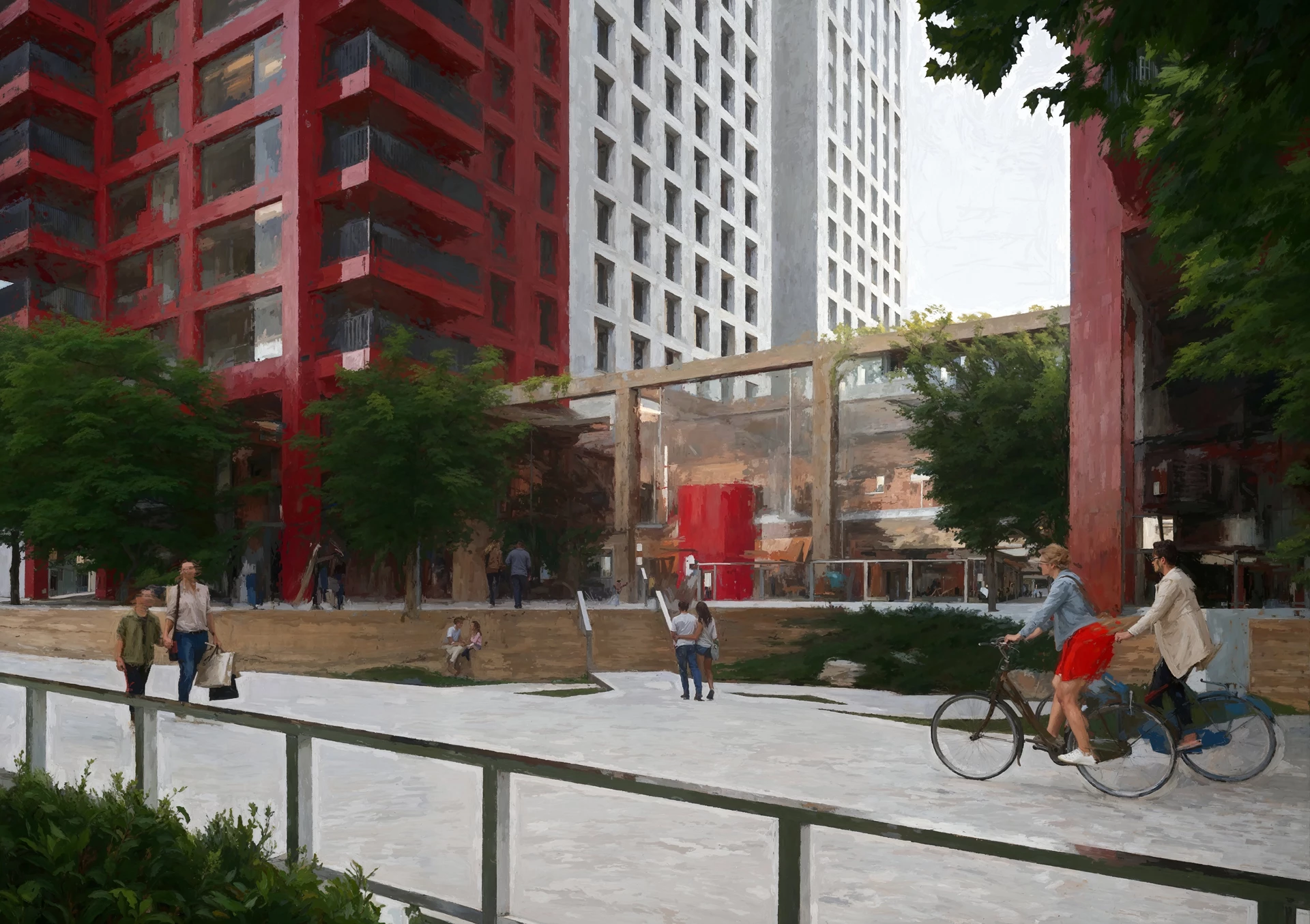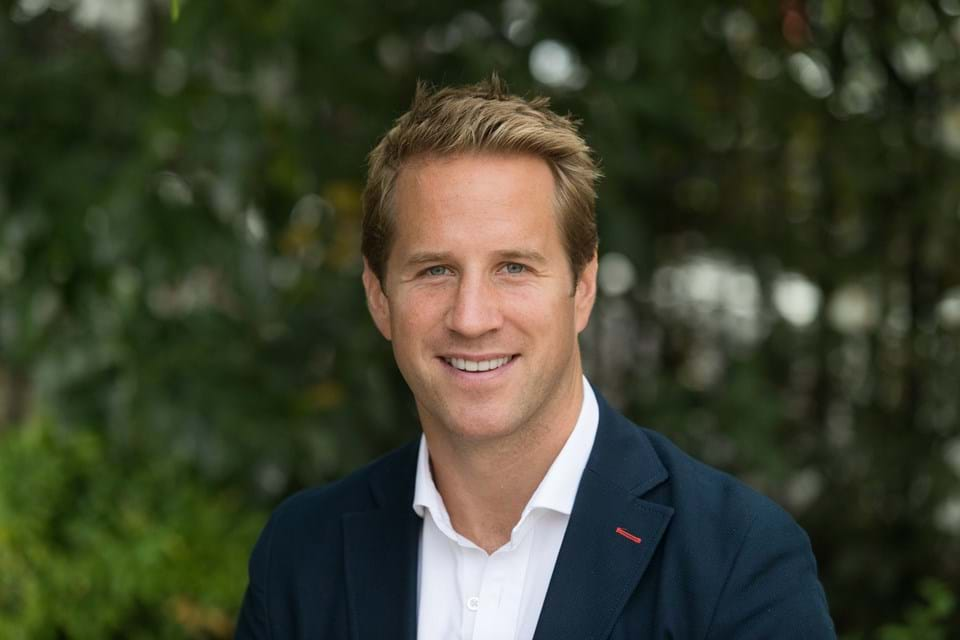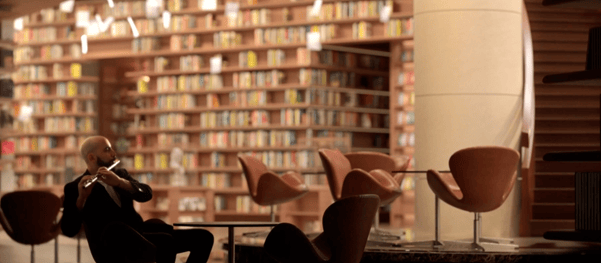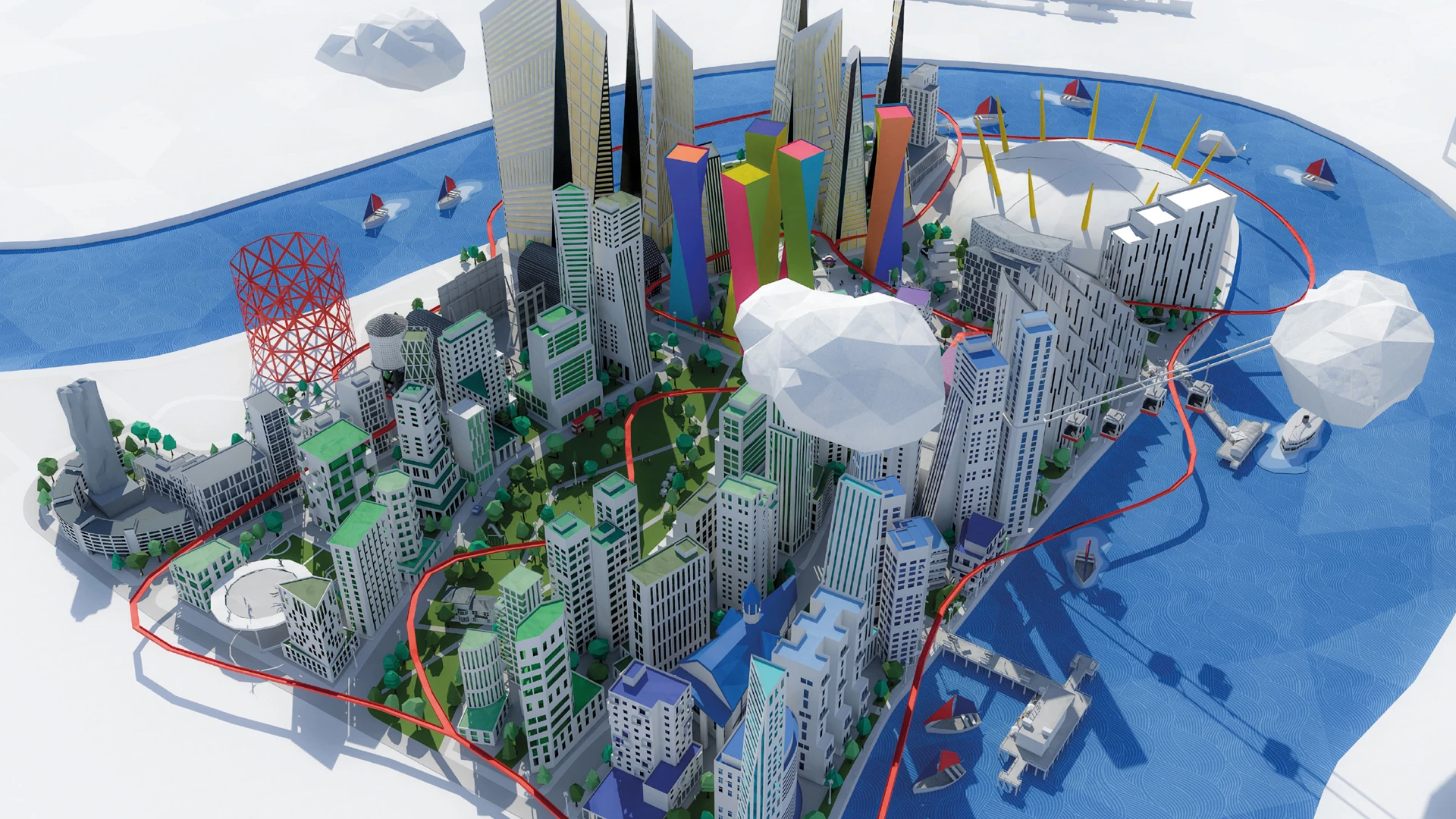A Kraken Studio ‘InterViz’ with Somewhere Managing Director, Nick Bentley
Part of Kraken’s InterViz series – a collection of interviews featuring the best 3D artists and other influential figures in the global ArchViz community.
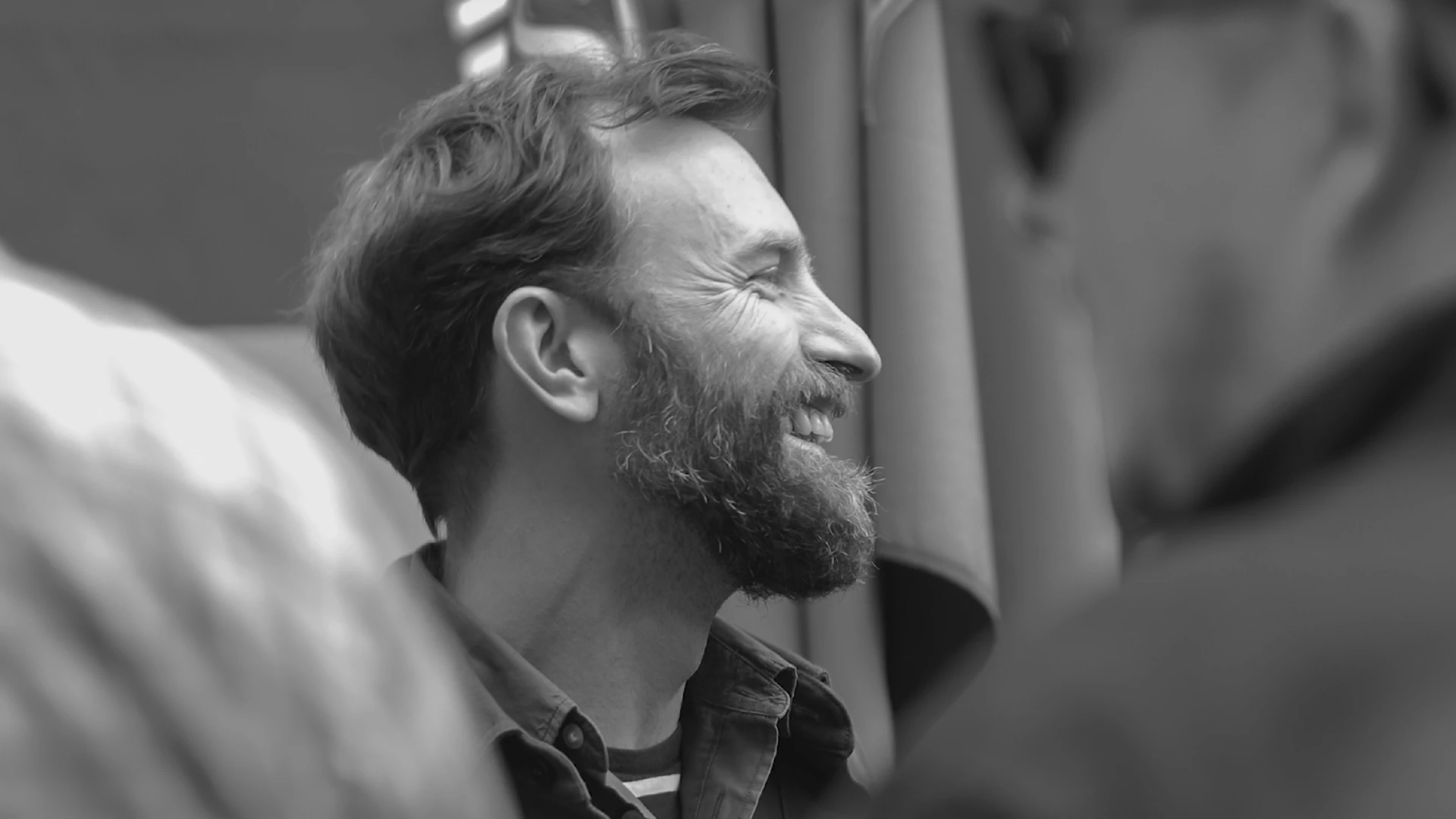
Sélène: Can you tell us a bit about who you are, your role, and your career journey?
Nick: So, I lead the team at Somewhere. I’m one of the co-founders of Uniform, and I’ve been working in the design, property, and architecture world for the last 25 years.
To start at the very beginning, I was always interested in understanding how things worked – as a kid I was always building lego models, taking toys apart, mending bikes and building radio controlled cars.
This fascination with understanding how things worked was the catalyst for thinking how designs could be improved.
This led to me studying Product Design at university, where I became good friends with the other two co-founders of Uniform.
We all had a passion for making things, and we’d spend hours in the workshop machining metal, working with wood, and forming plastic into furniture and lighting.
When we first started, this was our goal – to design and sell our own products.
We didn’t have any money to support this though, so we put our design skills to good use designing interiors, bars and nightclubs in Liverpool in the late 90s.
We’d started using 3dsMax (version 2.5 had just been released) to visualise our designs, and became hooked on it!

It brought much of the satisfaction of making things in the real world, without the physical constraints.
Over the next few years we became more engrossed in the world of CGI, growing the team and starting to work on films and images to tell the stories of architectural projects around the world.
Our passion is rooted in exploring how we can better connect people and places, and over the past five to 10 years, we’ve been using technology to engage audiences in more immersive ways, from VR and AR, to Realtime and online interactive.
Whether it's a brand, an image, an animation, we’ve always been passionate about pushing what's possible and asking ourselves: 'How can we tell stories in new and better ways?’.
If we can create something that's effective, truly engaging and memorable, and aligns to our clients brand then that’s a success.
Although I'm not directly involved in production any more, I now get my creative satisfaction from helping our clients communicate in more effective ways, and being immersed in the amazing work the team creates.
Sélène: Could you share the story behind the creation of Somewhere?
Nick: To many in the industry, we were known as Uniform for the first 20 years.
Over that time we’ve diversified from initially working in property and architecture, to defining and creating brands and experiences across a whole range of sectors from sports and fashion, to drinks and consumer goods.
To make these sector specialisms clearer to our clients, we now have two business units that both sit under the Uniform group. Somewhere is a creative agency totally focussed on property and place. We help developers and architects better connect people and places.
Continuous is a brand agency working across all sectors. We help ambitious brands thrive when faced with significant change.
Our shared mission is to help clients understand, navigate and better prepare for the future.

In terms of the actual naming process, it’s something we often do for clients but doing it for your own company was very difficult!
We tried to find names that had meaning, communicating our goals and the benefits of what we do, and something that was clear and easy to understand.
The Somewhere name expresses the positive impact we aim to have on the spaces we’re helping create – to help turn them into somewhere memorable.
Likewise, for Continuous, the name expresses the need for our clients to continuously adapt and evolve to an ever changing world, and strong branding and brand strategy is key to thriving in today's world.
Sélène: How does Somewhere incorporate ecological considerations into its work?
Nick: We want to make sure the Uniform Group has a positive impact on the world, and as a business our aim is to be climate positive by 2025.
We’re also on the journey to B-Corp accreditation which has sustainability as one of its key strands.
As for our work, we do have a selection criteria for vetting the work we take on.
But these days sustainability and ESG is such a priority for our clients that they’re already very much focussed on, particularly as the construction industry has such a significant impact on shaping sustainability outcomes.
For example all of the commercial projects we’re currently working on in London have incredibly high sustainability credentials, and we help them amplify those messages through their brand and content, from films to CGIs to immersive.
We hope the stories we tell for our clients can help increase awareness and behaviour change, and further prioritise sustainability issues within both the development and creative industries.
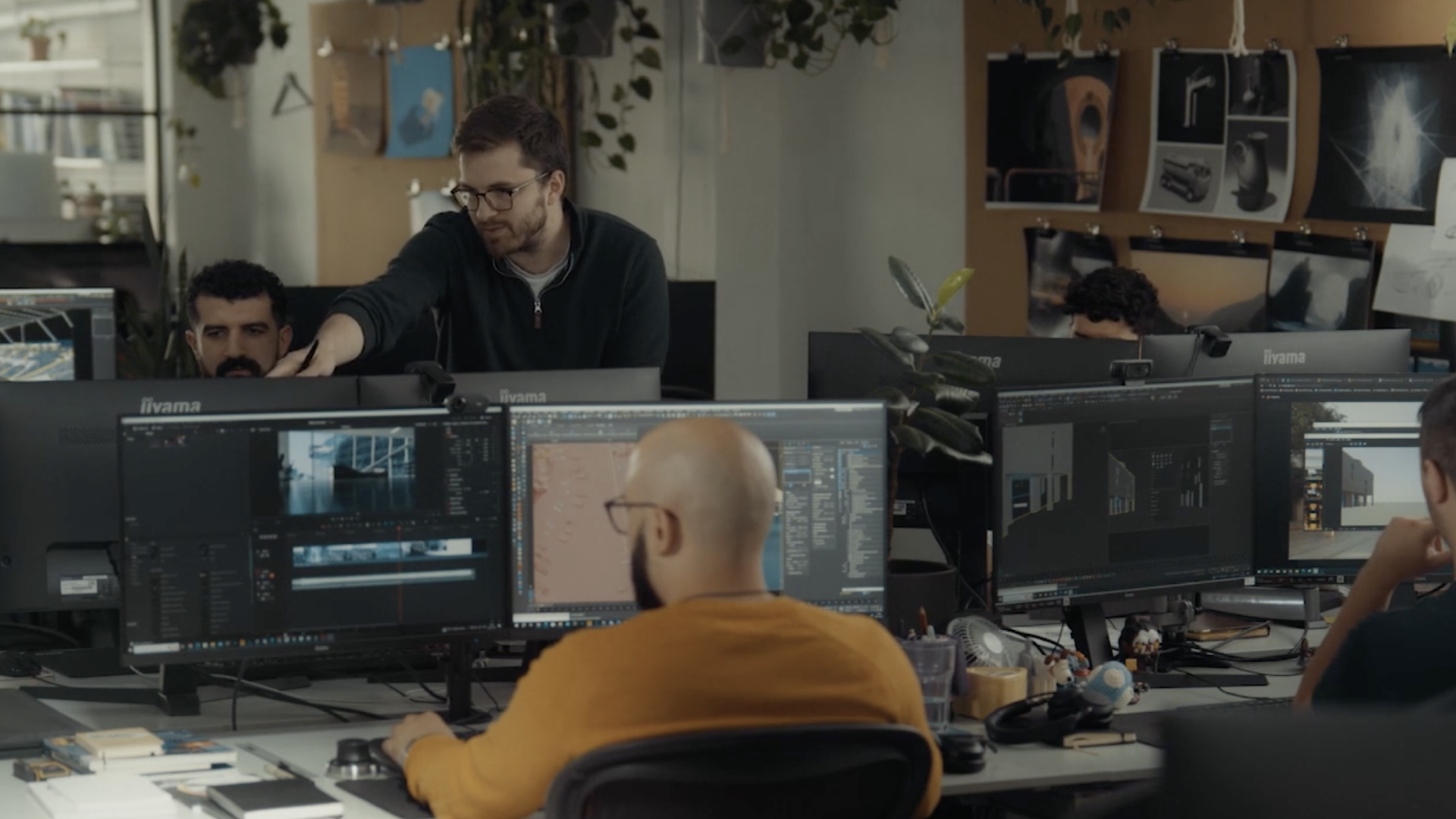
Sélène: How has AI impacted your day-to-day work at Somewhere?
Nick: We’ve been around long enough to have gone through some fairly big shifts in technology over the years.
When we first started we were shooting photos on film and drum scanning them to get a digital backplate to camera match CG content to. We’d deliver animated films at 640x480 pixels! We only had a 56k dial up connection in the studio and I probably only got a handful of emails a week!
A key to our success has been embracing new technology and pushing the boundaries of what's possible – that has become part of our culture and is in our DNA.
Whilst AI will certainly impact on some of the visual craft, the most important parts of storytelling will still be conceived by our human brains.
Nick Bentley, Managing Director at Somewhere
That said, it feels like AI will bring about some seismic changes to our industry.
We’ve been exploring AI for over eight years now, and in the past two years we've been using AI tools heavily in our workflow to both inspire us at early stages of projects and also refine details towards the end.
As long as we’re embracing AI, I believe it will enhance our creativity, whilst we are still adding all of those human subtleties and nuances, like humour and playfulness to inject into our storytelling.
So, whilst AI will certainly impact on some of the visual craft, the most important parts of storytelling will still be conceived by our human brains.
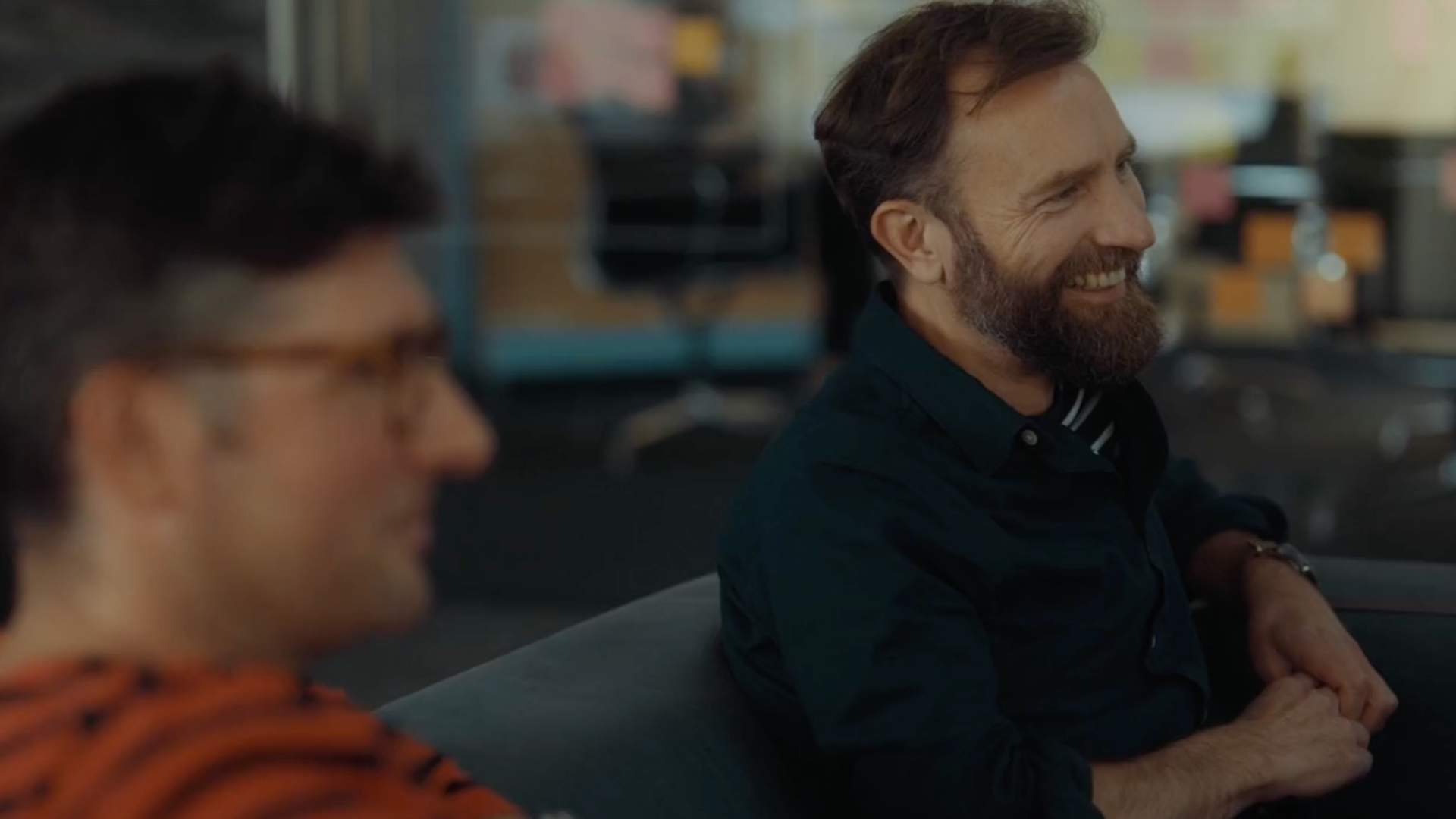
Sélène: If you could go back in time, what advice would you give to your younger self?
Nick: When stepping out of your comfort zone is difficult and doesn't always come naturally, I’d say be brave and bold, and don’t be afraid to make mistakes, because through experimentation is where some of the best opportunities and magic can happen!
Click here to read the full interview on Kraken's website.
Kraken's InterViz series is a collection of interviews in Architecture Visualisation conducted by French architect, Sélène Vilaseca. The series features, not only the best 3D artists from around the world but also other influential figures in the ArchViz community. Click here to read more InterViz interviews.
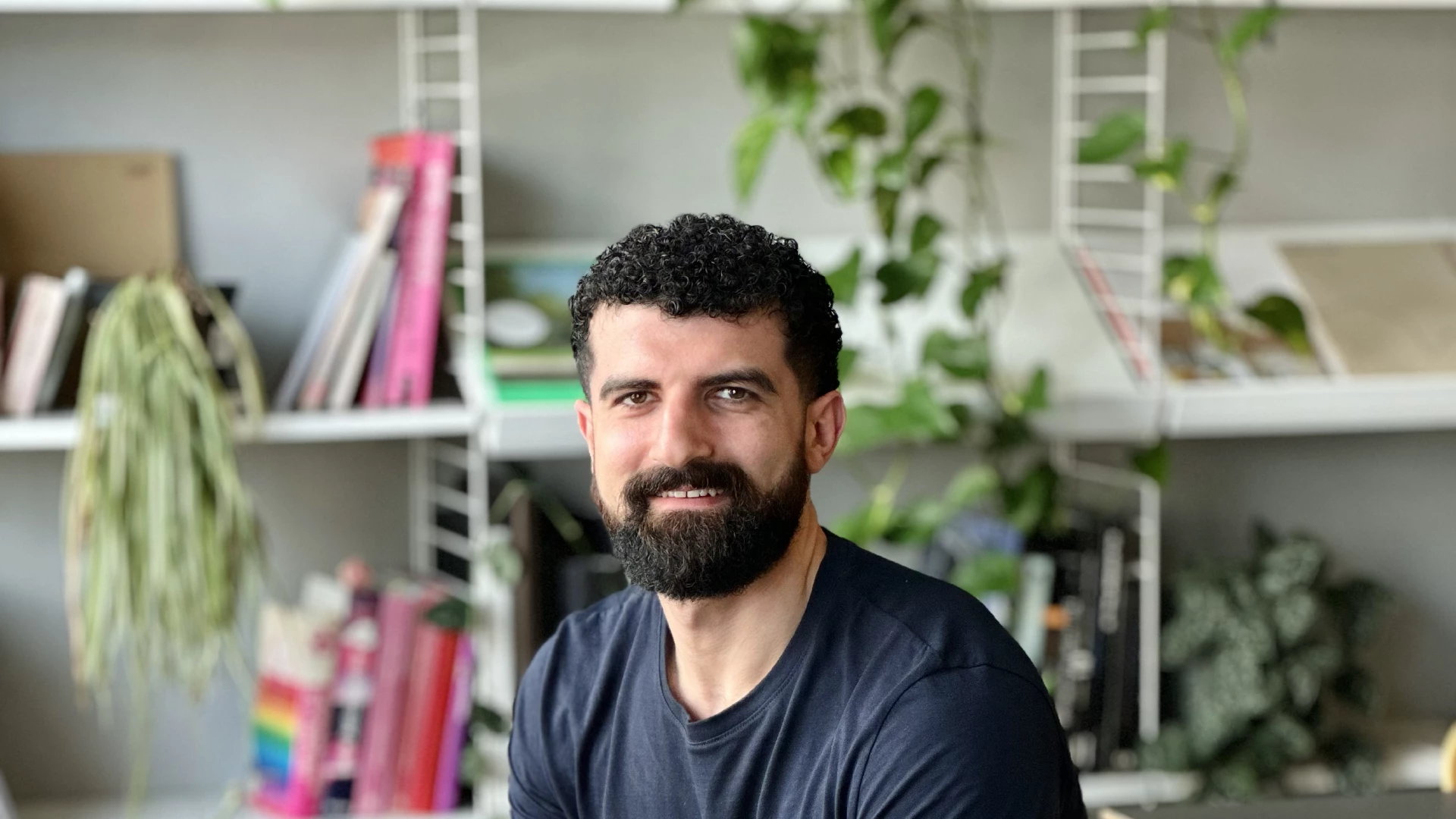
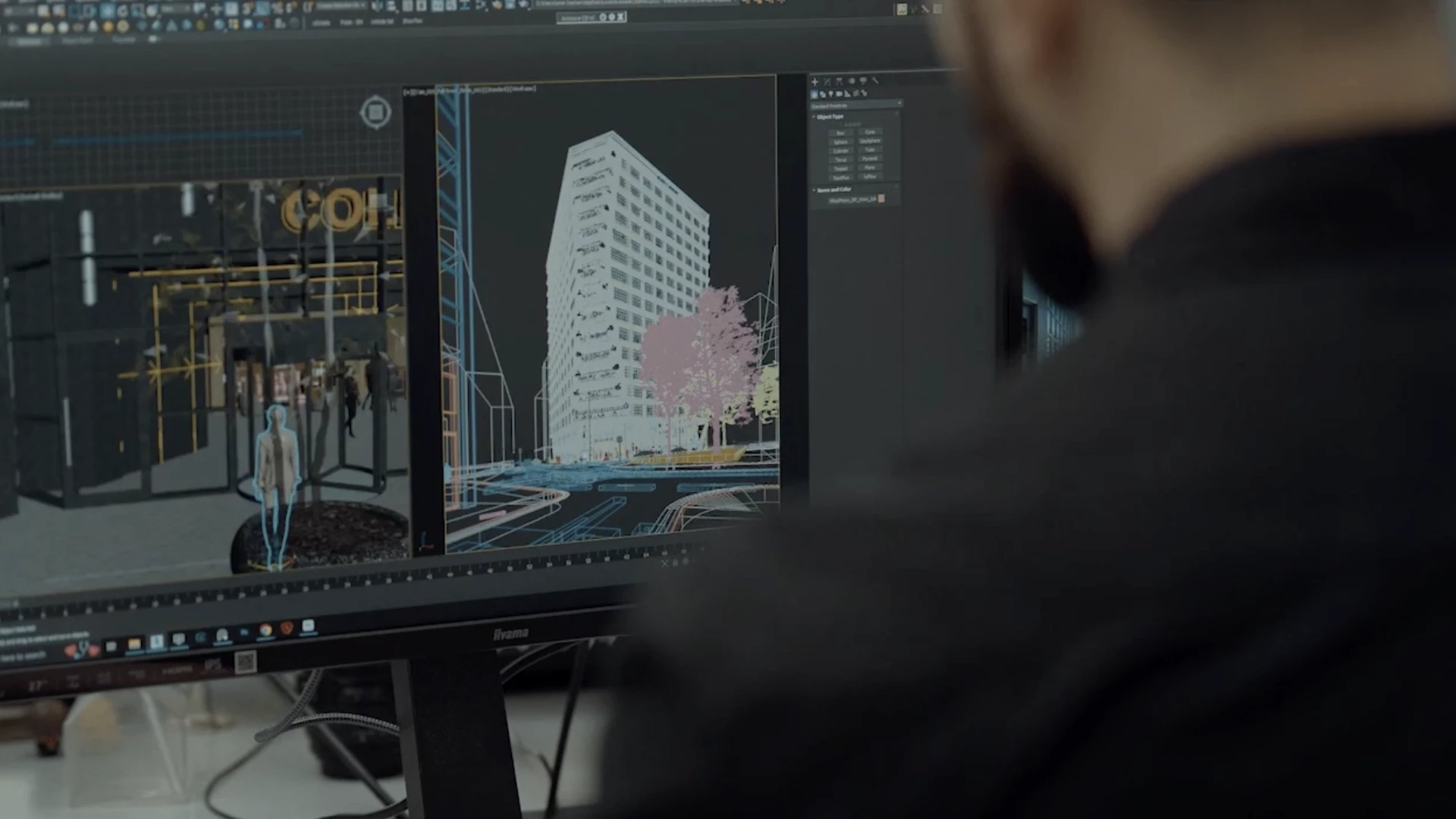


.webp)
